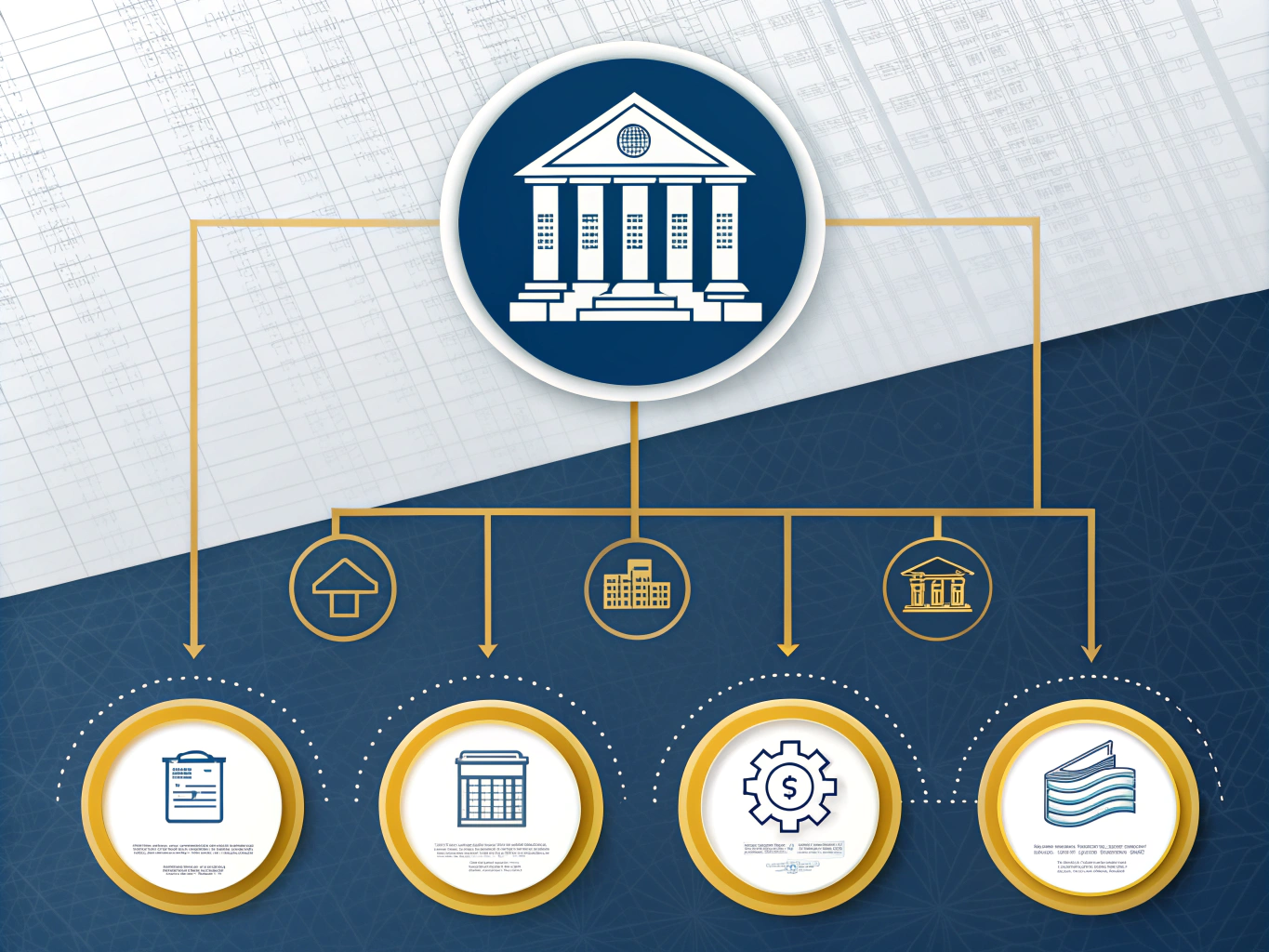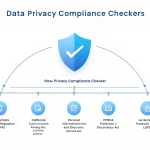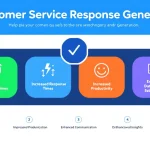Banking and Finance Guide Generator
Is this tool helpful?
How to Use the Banking and Finance Guide Generator Effectively
To make the most of our comprehensive Banking and Finance Guide Generator, follow these simple steps:
- Access the tool: Locate the form at the top of this page.
- Enter country (optional): In the input field labeled “Specify the country for region-specific financial regulations and practices,” you can enter a country name to receive tailored information. For example:
- “Canada” – This will generate a guide with Canadian banking regulations and practices.
- “Germany” – This will provide information specific to the German financial sector.
- Generate the guide: Click the “Generate Banking and Finance Guide” button.
- Review the results: The generated guide will appear below the form, covering various aspects of banking and finance.
- Copy the content: Use the “Copy to Clipboard” button to easily save or share the generated guide.
Understanding the Banking and Finance Guide Generator
Our Banking and Finance Guide Generator is a powerful tool designed to create comprehensive, tailored guides for professionals, students, and anyone interested in the intricate world of banking and finance. This innovative tool leverages advanced algorithms and up-to-date information to produce detailed, accurate, and relevant content across various aspects of the financial sector.
Purpose and Benefits
The primary purpose of this tool is to provide users with instant access to a wealth of banking and finance knowledge, customized to their specific needs and geographical context. Some key benefits include:
- Time-saving: Instantly generate comprehensive guides without extensive research.
- Customization: Tailor content to specific countries or regions for relevant information.
- Comprehensive coverage: Access information on various aspects of banking and finance in one place.
- Educational resource: Ideal for students, professionals, and anyone looking to expand their financial knowledge.
- Up-to-date information: Receive current insights on trends and regulations in the financial sector.
Benefits of Using the Banking and Finance Guide Generator
1. Comprehensive Knowledge Base
Our guide generator covers a wide range of topics, ensuring users have access to a holistic view of the banking and finance sector. This comprehensive approach allows for a deeper understanding of how various elements of the financial world interconnect and influence each other.
2. Customized Learning Experience
By allowing users to specify a country, the tool provides a personalized learning experience. This feature is particularly valuable for:
- International students studying finance in different countries
- Professionals considering career opportunities abroad
- Businesses looking to expand into new markets
3. Time and Resource Efficiency
Instead of spending hours researching various aspects of banking and finance, users can generate a comprehensive guide in seconds. This efficiency is particularly beneficial for:
- Students preparing for exams or assignments
- Professionals needing quick refreshers on specific topics
- Entrepreneurs seeking to understand financial regulations for their startups
4. Up-to-Date Information
The financial sector is constantly evolving, with new regulations, technologies, and practices emerging regularly. Our guide generator ensures users have access to the most current information, helping them stay ahead in this dynamic field.
5. Enhanced Decision Making
By providing comprehensive information on various financial products, services, and regulations, the guide generator empowers users to make more informed decisions. This can be particularly valuable for:
- Individuals considering different investment options
- Small business owners navigating banking services
- Financial advisors guiding clients through complex financial landscapes
Addressing User Needs and Solving Specific Problems
The Banking and Finance Guide Generator is designed to address a variety of user needs and solve specific problems encountered in the financial sector. Let’s explore how this tool can be applied in different scenarios:
1. Understanding Basic Financial Concepts
For users new to the world of finance, the guide provides clear explanations of fundamental concepts. For example, if a user is unfamiliar with the term “compound interest,” the generated guide might include the following explanation:
“Compound interest is the interest calculated on the initial principal and the accumulated interest from previous periods. It’s often described as ‘interest on interest.’ The formula for compound interest is:
$$A = P(1 + r/n)^{nt}$$Where:
- A = the final amount
- P = the principal balance
- r = the annual interest rate (in decimal form)
- n = the number of times interest is compounded per year
- t = the number of years the amount is invested
For instance, if you invest $1,000 at a 5% annual interest rate, compounded monthly for 5 years, the calculation would be:
$$A = 1000(1 + 0.05/12)^{12*5} = $1,283.36$$This means your initial $1,000 investment would grow to $1,283.36 after 5 years.”
2. Navigating Banking Procedures
The guide generator can provide step-by-step instructions for common banking procedures. For example, if a user needs information on applying for a mortgage, the guide might include:
- Check your credit score: Obtain a free credit report and address any issues.
- Determine your budget: Calculate how much you can afford for monthly payments.
- Save for a down payment: Typically 3-20% of the home’s value.
- Gather necessary documents: Including proof of income, tax returns, and bank statements.
- Get pre-approved: This gives you a clear idea of how much you can borrow.
- Shop for homes: Look for properties within your pre-approved amount.
- Make an offer: Once accepted, proceed with the full mortgage application.
- Complete the application: Provide all required documentation to your lender.
- Await approval: The lender will review your application and may request additional information.
- Close the deal: Review and sign all necessary documents to finalize the mortgage.
3. Explaining Financial Products and Services
The guide can help users understand various financial products and services. For instance, if a user wants to learn about different types of investment options, the guide might provide comparisons like:
| Investment Type | Risk Level | Potential Return | Liquidity |
|---|---|---|---|
| Stocks | High | High | High |
| Bonds | Low to Medium | Low to Medium | Medium |
| Mutual Funds | Varies | Varies | Medium to High |
| Real Estate | Medium to High | Medium to High | Low |
4. Clarifying Regulations and Compliance
For users seeking information on financial regulations, the guide can provide overviews of key legislation. For example, if a user specifies the United States as their country of interest, the guide might include:
The Dodd-Frank Wall Street Reform and Consumer Protection Act (2010)
- Created the Consumer Financial Protection Bureau (CFPB)
- Introduced the Volcker Rule to restrict speculative investments by banks
- Established new requirements for derivatives trading
- Increased oversight of systemically important financial institutions
5. Addressing Customer Service Scenarios
The guide can provide examples of how to handle common customer service situations in banking. For instance:
Scenario: A customer complains about unexpected fees on their account
Sample response: “I understand your frustration about the unexpected fees. Let’s review your account together to identify the source of these charges. Often, fees can be related to minimum balance requirements or transaction limits. Once we identify the cause, we can discuss ways to avoid these fees in the future, such as setting up account alerts or exploring different account types that might better suit your banking habits.”
Practical Applications of the Banking and Finance Guide
The comprehensive nature of our Banking and Finance Guide Generator makes it a versatile tool with numerous practical applications. Here are some examples of how different user groups can benefit from this tool:
1. Students and Educators
- Exam Preparation: Finance students can use the guide to review key concepts before exams.
- Research Projects: The tool can provide a starting point for in-depth research on specific financial topics.
- Course Material: Educators can use the generated content to create comprehensive lesson plans or study guides.
For example, a finance professor could use the tool to generate a guide on international banking regulations. This could serve as a foundation for a lecture series on global financial systems, providing students with a structured overview of key regulations in different countries.
2. Financial Professionals
- Client Education: Financial advisors can generate guides to help explain complex concepts to clients.
- Market Entry Research: Professionals looking to expand into new markets can quickly gather information on local financial practices and regulations.
- Professional Development: Banking professionals can use the tool to stay updated on industry trends and emerging technologies.
Consider a financial advisor preparing for a client meeting about retirement planning. They could use the tool to generate a guide on various investment options suitable for retirement, including explanations of concepts like risk tolerance and diversification. This would help the advisor provide clear, comprehensive advice to their client.
3. Entrepreneurs and Small Business Owners
- Financial Planning: Generate guides on business loans, cash flow management, and financial forecasting.
- Compliance: Understand financial regulations relevant to their industry and location.
- Banking Services: Compare different types of business accounts and services offered by banks.
For instance, a tech startup founder in Singapore could use the tool to generate a guide on venture capital funding in the Asian market. This guide could cover topics like typical funding rounds, valuation methods, and local regulations governing startup investments, providing valuable insights for their fundraising efforts.
4. Individual Investors
- Investment Education: Learn about different investment vehicles and strategies.
- Risk Assessment: Understand how to evaluate the risk associated with various financial products.
- Retirement Planning: Generate guides on long-term financial planning and retirement account options.
An individual investor interested in cryptocurrency could use the tool to generate a guide on blockchain technology and its applications in finance. This guide could cover topics like the basics of blockchain, different types of cryptocurrencies, and the regulatory landscape surrounding digital assets, helping the investor make more informed decisions.
5. Compliance Officers
- Regulatory Updates: Stay informed about changes in financial regulations across different jurisdictions.
- Training Materials: Create comprehensive guides for staff training on compliance issues.
- Risk Management: Generate overviews of best practices in financial risk management.
A compliance officer at a multinational bank could use the tool to generate a guide on anti-money laundering (AML) practices in different countries. This guide could serve as a basis for developing a global AML strategy, ensuring consistency across the bank’s international operations while accounting for local regulatory requirements.
Frequently Asked Questions (FAQ)
Q1: How often is the information in the Banking and Finance Guide Generator updated?
A1: Our team of financial experts and data scientists regularly update the information to ensure it reflects the most current trends, regulations, and practices in the banking and finance sector.
Q2: Can I use the generated guide for commercial purposes?
A2: Yes, you can use the generated guide for commercial purposes. However, we recommend verifying the information with primary sources, especially for critical business decisions or client advice.
Q3: Is the Banking and Finance Guide Generator suitable for all countries?
A3: While our tool covers a wide range of countries, the depth of information may vary. For less common financial markets, we recommend using the generated guide as a starting point and supplementing it with additional research.
Q4: Can I save or bookmark my generated guides?
A4: Currently, the tool doesn’t have a save function. However, you can copy the generated content to your preferred document or note-taking application for future reference.
Q5: How does the country-specific information work?
A5: When you specify a country, the tool tailors the generated guide to include relevant regulations, banking practices, and financial products specific to that country. This feature enhances the relevance and applicability of the information provided.
Q6: Can the tool generate guides for specific financial products or services?
A6: The Banking and Finance Guide Generator provides comprehensive overviews that include information on various financial products and services. While it doesn’t generate product-specific guides, it offers valuable insights that can be applied to understanding specific financial offerings.
Q7: Is the tool suitable for beginners in finance?
A7: Absolutely! The generated guides include explanations of basic concepts, making them accessible to beginners. However, the depth of information also makes them valuable for more advanced users.
Q8: Can I request additional topics or features for the guide generator?
A8: We’re always looking to improve our tools. While we can’t guarantee implementation of all suggestions, we welcome feedback and ideas for enhancing the Banking and Finance Guide Generator.
Q9: How does the tool handle rapidly changing information, such as interest rates?
A9: For dynamic data like interest rates, the tool provides general information and trends rather than specific numbers. Users should always verify current rates with financial institutions for the most up-to-date information.
Q10: Can the tool be used for academic research?
A10: While the Banking and Finance Guide Generator can be an excellent starting point for academic research, we recommend using it in conjunction with peer-reviewed sources and official financial publications for scholarly work.
Important Disclaimer
The calculations, results, and content provided by our tools are not guaranteed to be accurate, complete, or reliable. Users are responsible for verifying and interpreting the results. Our content and tools may contain errors, biases, or inconsistencies. We reserve the right to save inputs and outputs from our tools for the purposes of error debugging, bias identification, and performance improvement. External companies providing AI models used in our tools may also save and process data in accordance with their own policies. By using our tools, you consent to this data collection and processing. We reserve the right to limit the usage of our tools based on current usability factors. By using our tools, you acknowledge that you have read, understood, and agreed to this disclaimer. You accept the inherent risks and limitations associated with the use of our tools and services.







